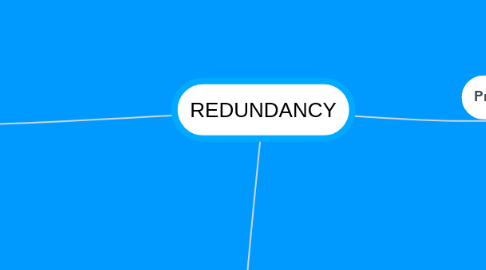
1. Principle 2
1.1. Psychological Reasons
1.1.1. Exceptions to the redundancy principle (boundary conditions)
1.1.1.1. On screen text does not add to processing demands
1.1.1.2. On screen text reduces processing demands
1.1.1.3. Signaling
1.1.1.4. Desirable difficulty
1.2. Evidence
1.2.1. Lesson on lighting formation: The redundant group outperformed the non-redundant group on retention and same for transfer test
1.3. Examples
1.3.1. When on screen text is good
1.3.1.1. Learn more deeply (linking two verbal streams)
1.3.1.2. Helpful to ESL students if the student is slow-paced
1.3.2. When on-screen text is bad
1.3.2.1. Fast-paced video
1.3.2.2. Redundant printed and spoken text = cognitive overload
2. Discussion
2.1. The kinds of learners: ESL learners or learners with little prior knowledge - does redundancy help them?
2.2. The three kind of material: Does redundancy help if the material is technical, mathematical or just brief headings?
2.3. The kind of presentation methods: Does redundancy help when the pace is slow and under the student's control?
2.4. Is it possible that turning on or off an audio button is the answer?
3. Principle 1
3.1. Psychological Reasons
3.1.1. Cognitive Theory of Multimedia Learning
3.1.1.1. Verbal Channel
3.1.1.2. Pictorial Channel
3.1.2. Extraneous Cognitive Load
3.1.3. Extraneous Cognitive Processing
3.2. Evidence
3.2.1. Multimedia Lesson on Lighting
3.2.1.1. Non-reduant group produced more solutions: median effect size greater than 1
3.2.1.2. Electrical engineering training on soldering: non redundant group outperformed on transfer test; effect size of 0.8 greater than 1 (2 studies)
3.3. Examples
3.3.1. When redundancy is good
3.3.1.1. Time to process
3.3.1.2. Auditory processing difficulty
3.3.1.3. Technical words/new vocabulary
3.3.1.4. Text is shower than the narration
3.3.2. When redundancy is bad and/or can be distracting
3.3.2.1. Can hurt learning
3.3.2.2. "Less is more" NOT "more is more"

